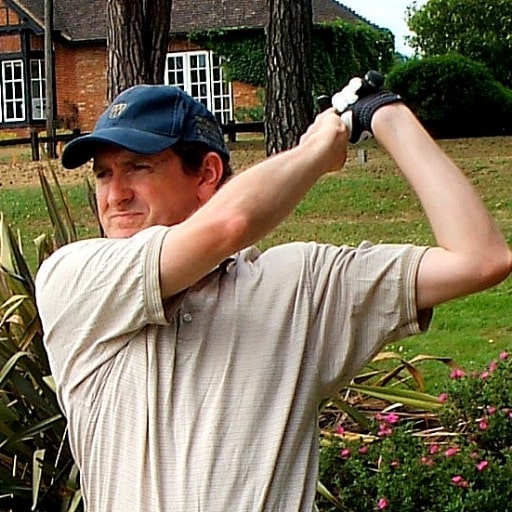What Is A Cayman Ball Competition In Golf?
The idea of a Cayman Ball was Jack Nicklaus’ and was born of necessity when he had to design a course on the Cayman Islands
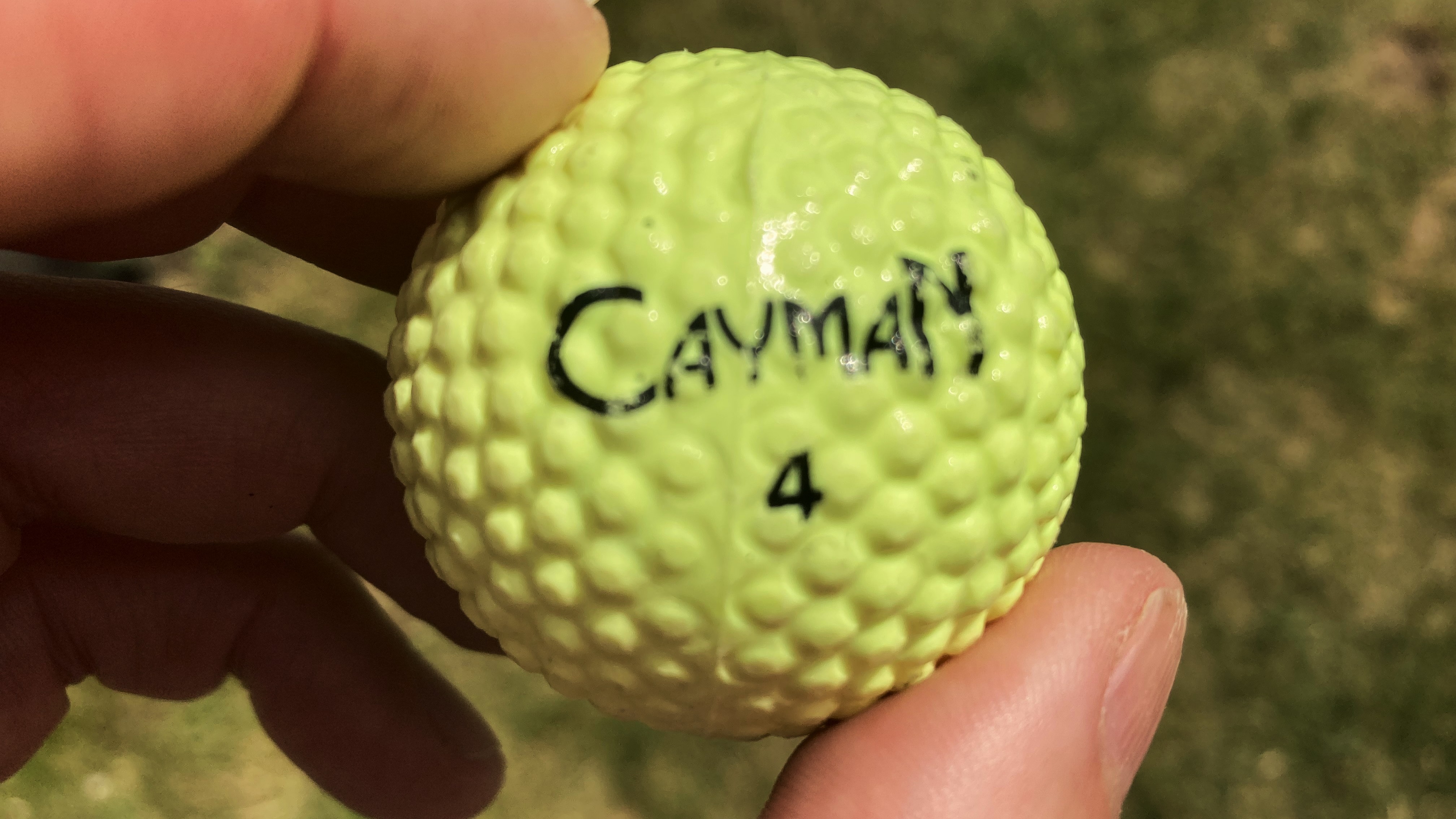
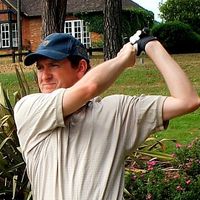
Driving is the strongest part of my game – okay, least weak – and surveying the hole ahead of me, I pulled out my driver. This hole was 120 yards and, although the day had some breeze – we were playing on a links after all – it was a fairly gentle wind.
I hit a full swing, made excellent contact, and the ball soared away dead straight, landed short of the green, rolled on to the green, and then rolled across it and ended up a few yards behind the green on the flat area there.
This was golf as I had never experienced it. It was a competition to celebrate Trevose Golf Club’s centenary, played with Cayman balls on the club’s par-3 course.
The driving force behind the creation of a Cayman ball had originally come from Jack Nicklaus.
He had been asked by a developer to design a full-length course on the Cayman Islands, which was to become Britannia Golf Club. Problem was, the developer also wanted a hotel and a marina there and only had 90 acres to do all this on.
But Nicklaus had a solution.
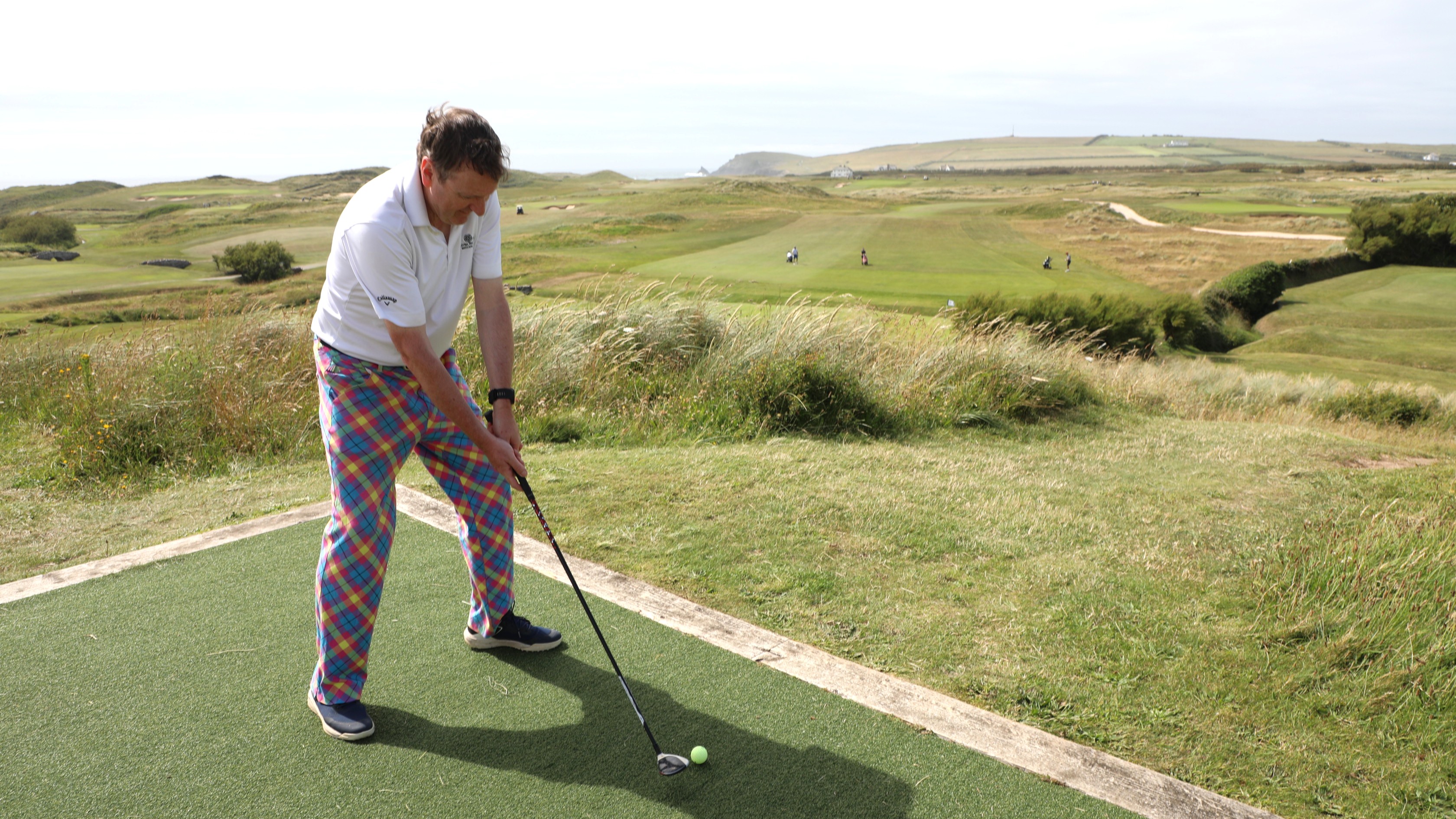
The Golden Bear had long believed golf should consider reducing the distance the ball travelled, thereby requiring less land for golf courses with all the attendant commercial advantages this brings in terms of buying and maintaining land.
Subscribe to the Golf Monthly newsletter to stay up to date with all the latest tour news, equipment news, reviews, head-to-heads and buyer’s guides from our team of experienced experts.
The idea was not new; nor, indeed, has this idea ever gone away. The recent decision to roll back the golf ball is recognition that the golf ball’s distance should be reduced rather than courses lengthened.
In the 1930s, golf architect William H. Diddel had had much the same idea, but was never able to obtain a satisfactory reduced-distance ball
Nicklaus knew that if such a ball could be designed, one that only went half the length of a normal ball, then the golf holes could be half the length and half the width. So the overall golf course could be a quarter of the size.
Nicklaus, at the time – this is in early 1980s – was heavily involved with equipment manufacturer MacGregor and owned a stake in the company. So he got MacGregor to design such a ball.
After spending $100,000 on research, director of manufacturing Troy Puckett came up with a suitable offering.
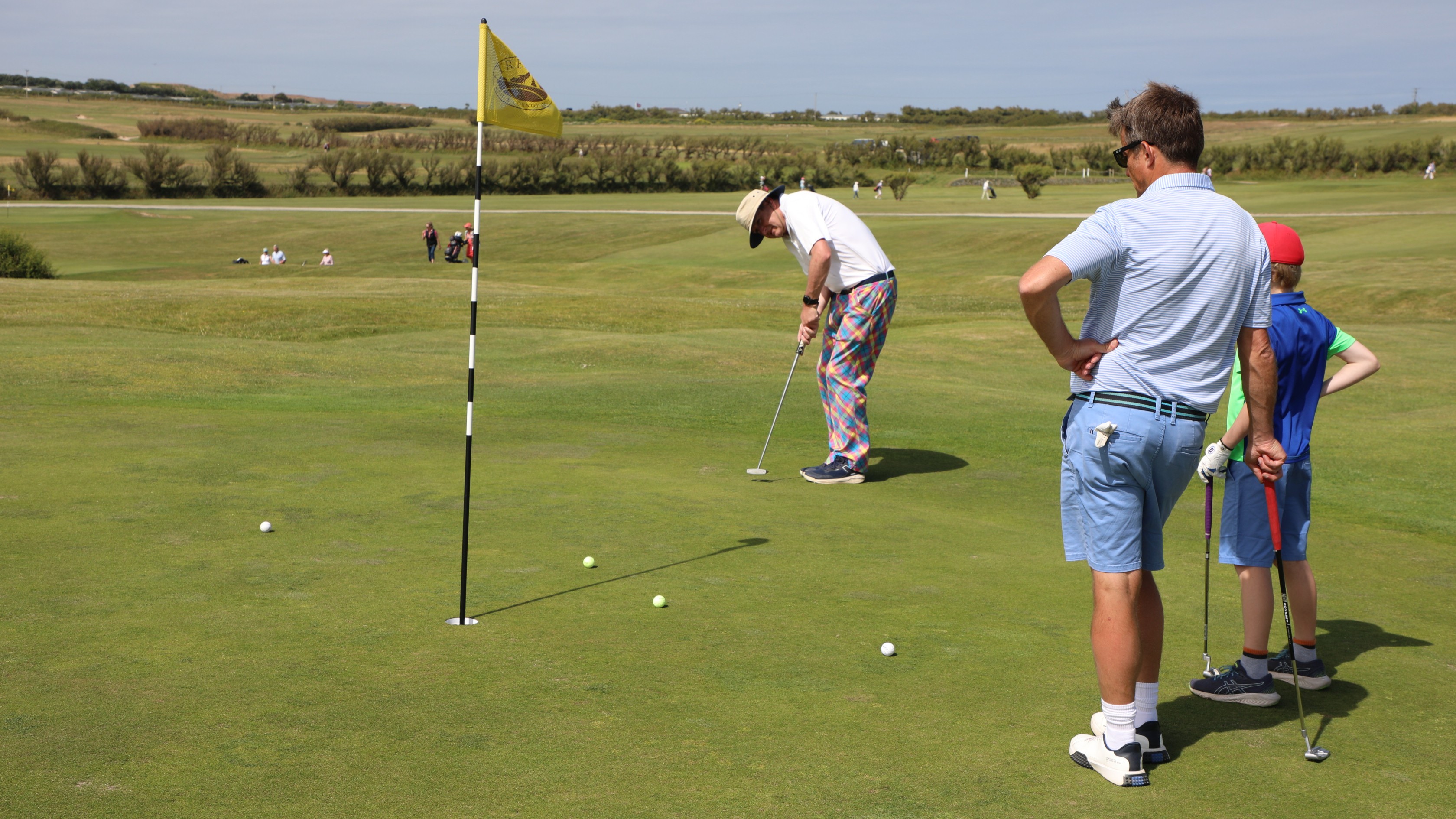
The Cayman ball, as it became known, is the same size as a normal golf ball and with a Surlyn cover. But it only weighs about half the weight of a normal ball and, rather than having dimples going inward, it has pimples jutting out.
The ball is designed to act in the same manner as a normal golf ball, just with a reduced distance. However there were noticeable differences. For starters, it is easier to get airborne than a regular ball, but it is highly influenced by the wind.
I hit a drive into the wind 90 yards. The next hole was played downwind and my drive went 180 yards. I would love to tell you I normally hit my drives 360 yards, but I don’t. The going-half-as-far-as-a-regular-ball is, at best, a loose approximation I would suggest.
The ball rolls out a fair distance. Putts are supposed to behave in the same way as a normal ball, but our group felt they went slightly quicker, and so further, than with a regular ball.
The idea of a Cayman ball did not take off. Given the choice of playing with a regulation ball, or an unfamiliar one which made the course harder, players tended to plump for the ball they knew.
Britannia Golf Club has now closed. Attempts at Cayman ball courses elsewhere have also been unsuccessful.
Greg Downer, who was then Britannia's director of golf, explained in 2001 to the Tampa Bay Times that: “People don't like the idea of paying $100 for a round of golf with a non-conforming golf ball. The idea was great, but maybe not on a Caribbean island with tradewinds.”
Contributing Writer Roderick is the author of the critically acclaimed comic golf novel, Summer At Tangents. Golf courses and travel are Roderick’s particular interests. He writes travel articles and general features for the magazine, travel supplement and website. He also compiles the magazine's crossword. He is a member of Trevose Golf & Country Club and has played golf in around two dozen countries. Cricket is his other main sporting love. He is also the author of five non-fiction books, four of which are still in print: The Novel Life of PG Wodehouse; The Don: Beyond Boundaries; Wally Hammond: Gentleman & Player and England’s Greatest Post-War All Rounder.
You must confirm your public display name before commenting
Please logout and then login again, you will then be prompted to enter your display name.
